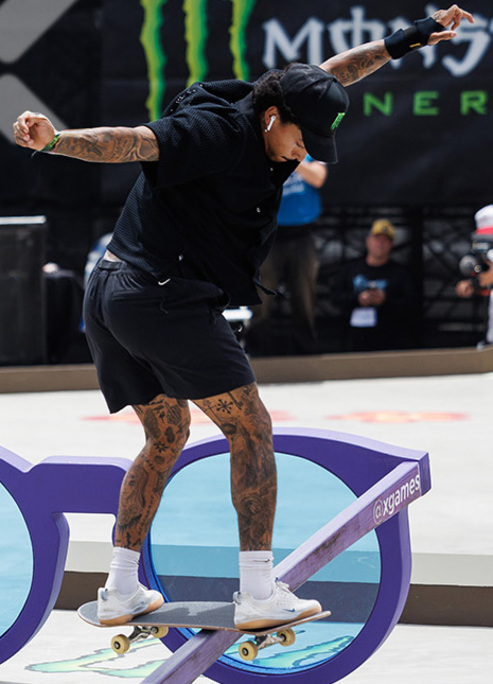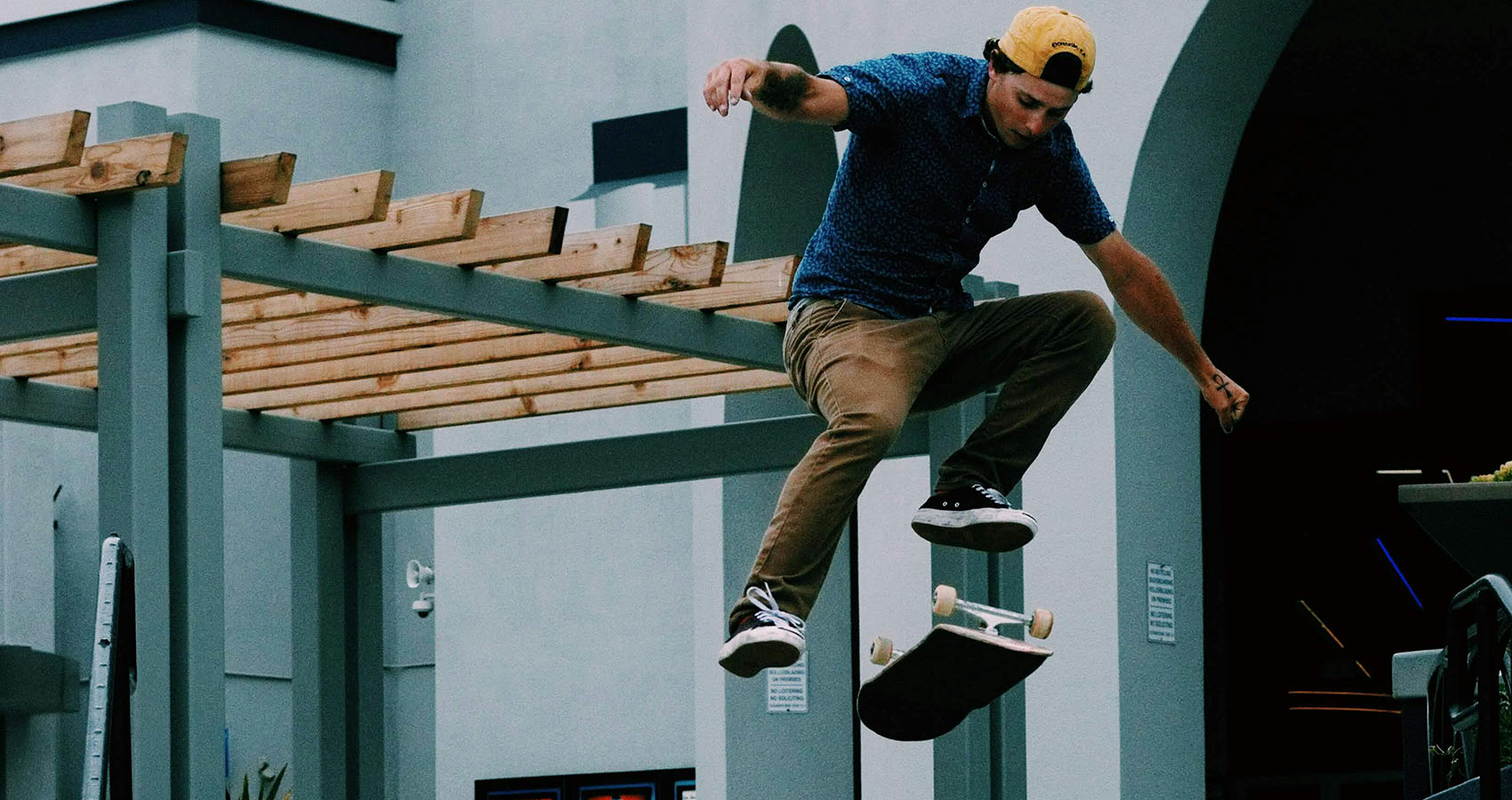
Essential Skateboarding Safety Tips for Every College Skater
Skateboarding is one of the fastest ways to go to class or just have fun when you go to College. There are precautions that you should follow to engage in this sport otherwise it can be very dangerous and can lead to injuries. Adhering to essential skateboarding safety tips can keep college skaters safe, and using a write my paper service can help you focus on your studies while ensuring your safety guidelines are well-researched. Academized.com offers essay writing help for students to manage their academic workload while staying safe and healthy.
Wear the Right Gear
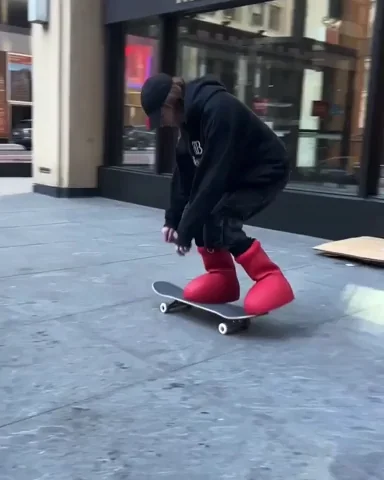
The first and the most important tip for you is to wear the right safety equipment, and the beginning will be your helmet. Your helmet should fit you very tightly and your forehead could be covered by it. A helmet is not a toy or for looking funny. It can make the difference between you being alive or dead depending when you fall and hit your head on the pavement.
Wrist guards are also necessary. When someone falls, they generally try to stop the fall with their hands. The wrist can be sprained or broken if it is not properly protected with wrist guards.
Another item that is important is knee guards. Elbow and knees are likely to hit the ground or whatever is there when a person is falling. Knee pads protect the knees from severe scrapes and other trauma from the fall.
Oh, and shoes. You should probably wear some closed-toe shoes with good grips. Skateboard shoes, with their sticky, flat soles, are inherently designed for this.
Choose the Right Board
Following essential skateboarding safety tips is crucial for every college skater, and using a coursework writing service online can help you manage your academic responsibilities while staying safe on the board. The board you pick should depend on your skill level and the type of skating you’ll be doing. Beginners will find a wider board with softer wheels easier to balance on and control; more advanced skaters may prefer a narrower board for doing tricks.
Make sure you have a decent board. If the deck is cracked or split, it’s time to replace it. Notice which way the flat part of the wheel wears down. If it’s not even, you might need new wheels. Loose trucks (the metal part that holds the wheels) will make your board wobble, so replace them if you can.
Start with the Basics
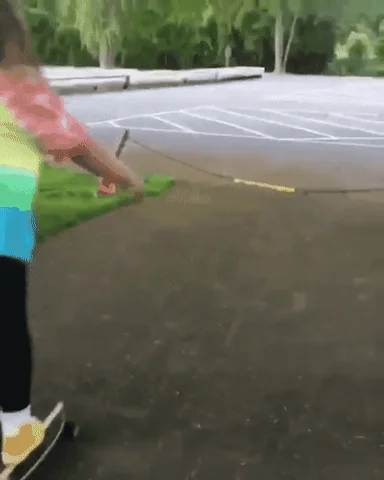
Before you try to be cool, first get good. Learn how to push off, turn, and stop safely. Practice on a smooth, flat spot – somewhere away from traffic, such as at a park or in your driveway. Many colleges have skate parks or spaces set aside just for skating. Use them, when you can.
And learning to fall safely can be as important as learning to skate properly. Roll when you fall, rather than ending up with a stiff landing. This will spread out the impact and can therefore prevent a broken bone.
Be Aware of Your Surroundings
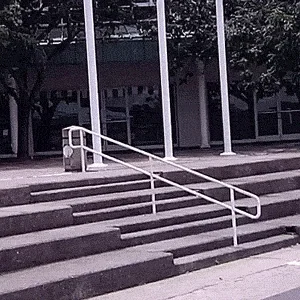
When skateboarding on campus, you have to look out for pedestrians, bikes and cars. Be aware of your surroundings. Watch out for uneven pavement, rocks, sticks, or anything that will trip you up. When skating downhill, be sure you can handle your board’s speed.
Don’t skate in low light, especially at night, and if you skate after dark, wear bright or reflective clothing and add lights to your board.
Know and Follow the Rules
It is usually against college campus rules to skateboard in certain areas of campus and at certain times. Some areas may be completely banned. Be aware of the rules and follow them. They are there for a reason: safety.
A general rule of thumb is (a) don’t skate in crowds and (b) don’t skate in buildings. Respect the right of way of pedestrians. Don’t skate too close to them.
Stay Sober While Skating

This one’s an obvious one, but it bears repeating: alcohol and drugs will impair your balance, coordination and judgment, so if you do decide to skate under the influence, do so at your own risk – stick to the party when you’re done with riding.
Learn How to Stop
Learning to stop is of equal importance. There are a few ways to stop on your skateboard, including foot braking, tail scraping and power sliding. Practice until these methods are second nature. Being able to slam on the brakes could save you from a collision or a crash.
Here's a comparison of different types of protective gear for skateboarding:
|
Gear Type |
Protection Offered |
Importance |
When to Replace |
|
Helmet |
Protects head from impacts |
Essential |
After any significant impact or every 5 years |
|
Wrist Guards |
Prevents wrist sprains and breaks |
Very Important |
When straps wear out or plastic cracks |
|
Knee Pads |
Protects knees from scrapes and impacts |
Important |
When padding wears thin or straps loosen |
|
Elbow Pads |
Protects elbows from scrapes and impacts |
Important |
When padding wears thin or straps loosen |
|
Skateboarding Shoes |
Provides grip and board feel |
Important |
When soles wear smooth or holes develop |
Maintain Your Board
Maintenance of your skateboard will help to ensure that it stays in good condition. Loose bolts or nuts should be tightened, and old wheels should be changed along with used bearings. A board that is regularly maintained is less likely to cause accidents.
Make sure to clean your grip tape often to keep a good grip, and think about replacing it if the grip tape is almost shredded. Maintaining a good grip is important to control and safety.
Skate Within Your Limits

It is indeed, but excessive enthusiasm to learn new tricks could result in injuries. This is often caused by attempting more difficult tricks than your level of skill allows. Be sure you make steady progress by mastering each new trick before moving on to the next one.
If a trick or a skate spot is questionable on your brain’s bullshit meter, it’s totally OK to skip it.
Warm Up Before Skating
As for any sport or physical activity, when you’re going out to skateboard, it is advisable to stretch so that your muscles get slowly warmed up, this will prevent strains and sprains. Warm up and stretch your legs, your ankles and particularly your wrists.
A quick warm-up skate on flat-ground so you can check you can maneuver your board, and stick your foot into the binders – before you get out of your depth – is a good idea.
Stay Hydrated
Skating can be a real workout and is even harder to do on hot days. Drink lots of water before, during and after your skate session. Dehydration can leave you tired, which makes you make bad decisions, increasing your chances of injuring yourself.
Learn How to Fall
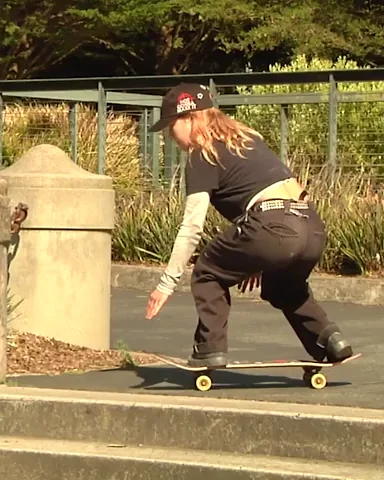
And while it sounds counterintuitive, the most important safety skill to pick up as a skateboarder is how to fall. When you feel yourself about to lose your balance, crouch down as low as you can – that will lower your center of gravity. When you do fall, roll rather than fight it as much as possible. This shallows the impact (as opposed to you hitting the ground head first, for example) so it doesn’t hurt as much, and reduces the risk of more serious injuries.
Try to hit the fattiest parts of you, such as your thighs or buttocks, not your hands or knees. And of course your protective gear.
Skate with a Buddy
If you can, go skating with someone! It’s more fun and safer – if you injure yourself, your friend can assist you or summon someone to do that, or to give you a ride home if you’re too embarrassed about your injuries to show your face to your parents. But also, you can keep each other company and offer suggestions for harder tricks.
Know Basic First Aid
Having some basic first aid skills is always a good idea for any skateboarder. Learn to clean and bandage up scrapes and cuts. Learn to identify concussion and other serious injury signs. If you or someone you skate with is badly injured, get checked out by a doctor.
Respect Others and the Environment
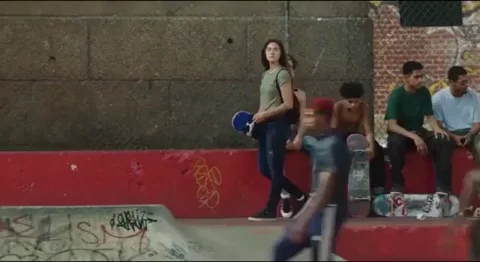
It’s not just about your own safety, but other people’s, too: be mindful and respectful of pedestrians, staying well clear of them in public places. Similarly, be civil and obey rules. It’s not worth riding anywhere that you’re not allowed to, or where riding is banned: not only is it dangerous, but it gives skateboarding a bad name.
Stay Focused
If you’re skating, really skate. Pay attention so you don’t injure yourself by talking on the phone or listening to music so loudly that you can’t hear an approaching car, truck, bicyclist or pedestrian.
Know When to Call It a Day
Listen to your body. If you are tired, sore or unfocused, it might be best to wrap up your skate session. If you are pushing yourself when your body is fatigued, you are more likely to make mistakes, and you might get hurt.
Conclusion
Skateboarding is a great way to get around campus, to stay fit, and have some fun. Use these key safety tips for yourself and your friends so that you can experience all the pleasure, and none of the pain, that skateboarding can bring. The goal is to skate today, tomorrow, and the next day – and that means skating safely today.
Whether you skate to class, to the skate park or wherever, be careful. Wear your gear, watch what’s going on around you, skate what you can handle at your own pace, and you’re in good shape. With a little care for our bones, brains and the pavement, we can have a blast skating through college and beyond.
Stay safe, have fun, and keep skating!


